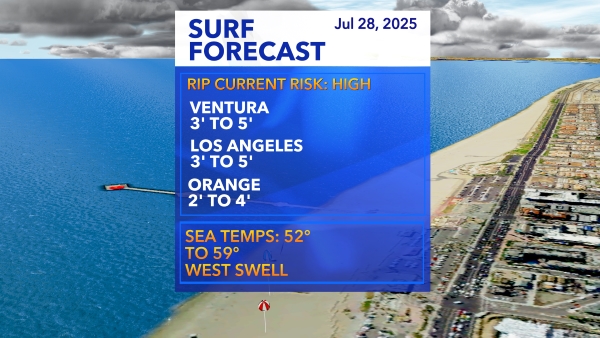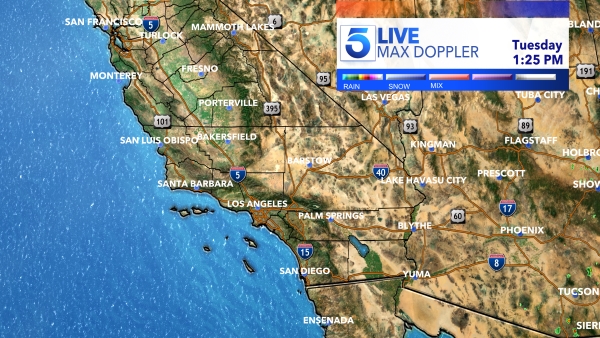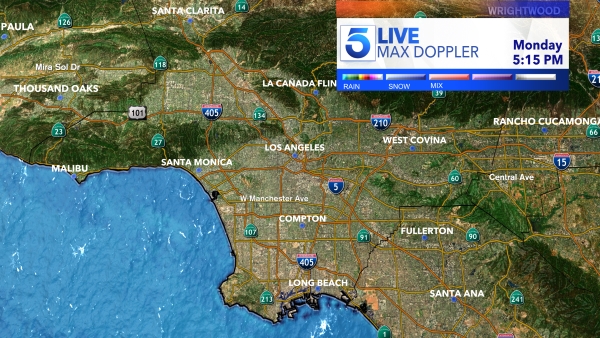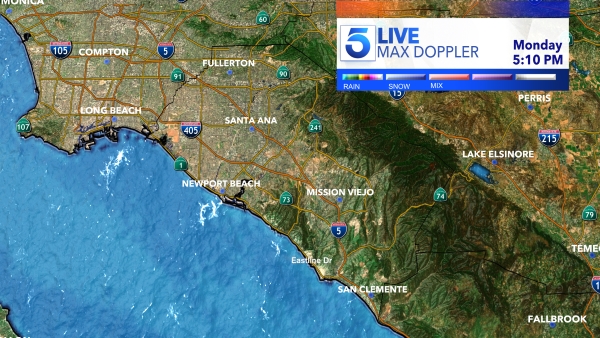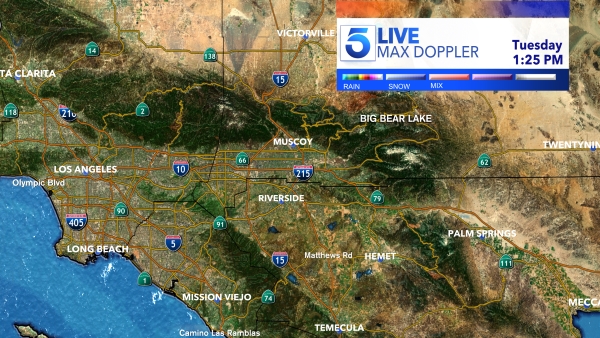California is no stranger to wildfires. However, a new paper published in the International Journal of Wildland Fire found that the blazes have intensified and humans have played a significant role in igniting the flames.
Researchers from 15 universities, including UCLA, looked at wildfire data from 1980 through 2020 and found that wildfires have become larger and more destructive due to various factors, including climate change, fuels left in the forests and ignition sources.
“In the state of California, if you look at wildfires, well over 90% of the ignition source has been tracked back to humans,” Glen MacDonald, a geography professor at UCLA and the paper’s lead author, said.
“It could be from anything like someone throwing a cigarette out of a car or using machinery that causes a spark. Accidents also happen. People don’t properly put out a campfire and with this dry vegetation and hot temperatures, it doesn’t take much to start stoking a big fire,” he said.
MacDonald also noted that arsonists or weather patterns, such as high winds in the lower elevations or lightning strikes in the mountains of Northern California, could cause a wildfire.
In Southern California this year, wildfires have already sparked in San Bernardino and Riverside counties. The Rabbit, Highland, Gavilan and Reche fires have burned thousands of acres and endangered some structures in the area but fortunately didn’t cause any fatalities.
MacDonald doesn’t blame the increase in wildfire intensity on one factor.
“This whole thing can’t be blamed on climate change. It’s certainly exacerbating things and it’s something that’s happening across the whole state, but we have a whole bunch of things happening, you know, that will promote fire in the state, and it will be different in different locations,” MacDonald said.
The UCLA professor also noted that contributing factors like local ecosystems, human habits, past forecast management practices and the increase of fuel in forest areas have ramped up the intensity of wildfires.
Ironically, one of the ways intense wildfires can be reduced is by letting natural fires burn, according to the report.
“The problem is, fires are a natural part of the California environment and in many of our vegetation types, they’re adapted to fire,” MacDonald said.
“So, when you stamp out the fires and don’t let the natural fires burn, you also build up more fuel. So, in some of our ecosystems, particularly some of our forest ecosystems, over decades, we built up quite a load of fuel and mixed with the drier and warmer climate, you have easier ignition, and these fires burn hotter, and they get bigger.”
So, what can California residents and state and federal government leaders do to curb wildfire intensity and stop them from starting altogether?
MacDonald recommends that state and federal leaders should increase the number of resources for Cal Fire and fuel management personnel. MacDonald said that California seems to be one step ahead since state leaders have worked to increase funding that goes into these types of jobs.
Residents can also be more careful when they are out enjoying Mother Nature.

